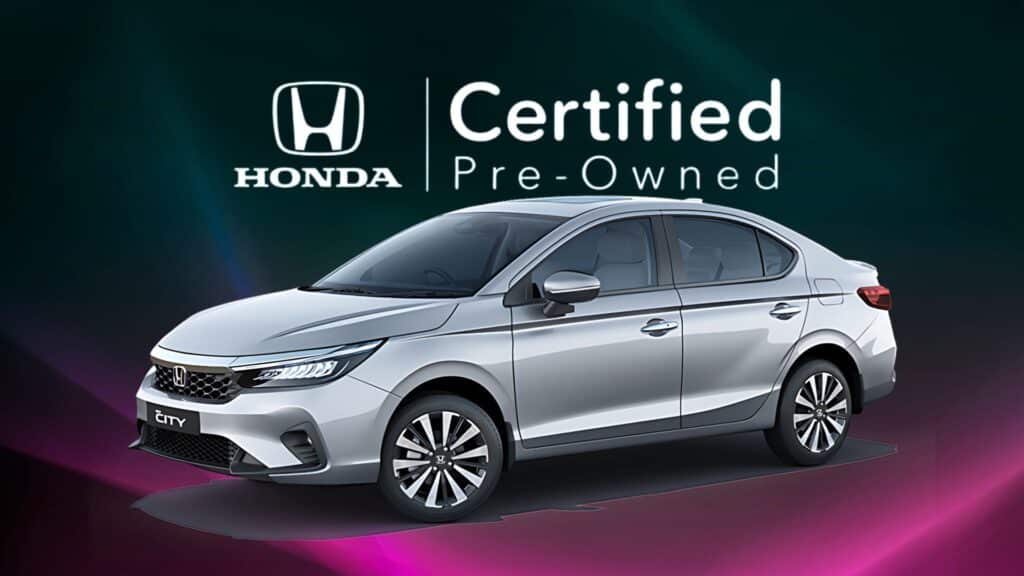Searching for a dependable used car can be quite a challenge. Many buyers want the benefits of a new car without the expensive price tag.
This is where certified pre-owned (CPO) programs come into play. Honda’s CPO program sets itself apart by providing buyers with confidence and outstanding value.
We aim to illustrate why Honda’s CPO program is the top choice for quick car shoppers. In this comparison, we will learn about Honda’s offerings compared to its competitors.
You will gain in-depth insights into warranty coverage, inspection processes, and the additional perks that make Honda CPO vehicles a sound investment.
By the end, you will be equipped with all the necessary information to make the most informed decision for your next car purchase.
Honda CPO Program: Key Features
1. Warranty Coverage
Honda’s Certified Pre-Owned (CPO) program offers buyers top-notch protection. The standout feature is the 7-year/100,000-mile powertrain coverage, surpassing many other brands. This extended protection gives you extra confidence in your purchase.
HondaTrue Certified and HondaTrue Certified+ are two options available:
HondaTrue Certified
- For vehicles up to 5 years old
- Extends the original factory warranty
- Adds 12 months/12,000 miles to the existing warranty
HondaTrue Certified+
- For newer vehicles (less than 12 months old)
- Provides coverage up to 5 years/86,000 miles
Both programs cover major vehicle systems, protecting you against unexpected repair costs.
Here’s a real-world scenario: Imagine you buy a 3-year-old Honda Accord with 36,000 miles. Two years later, at 60,000 miles, the transmission needs repairs. You’re covered with the HondaTrue Certified warranty, which potentially saves thousands in repair costs.
2. Inspection Process
Honda’s 182-point inspection is a cornerstone of its CPO program. This thorough check ensures every certified vehicle meets high-quality standards.
Key areas inspected include:
- Engine and transmission
- Suspension and steering
- Brakes and tires
- Exterior and interior condition
- Electronics and safety features
This careful examination helps ensure the vehicle’s reliability and gives buyers added peace of mind. Honda’s 182-point inspection is more extensive than that of some competitors, who often perform fewer checks.
3. Additional Benefits
Honda’s CPO program comes with extra perks that add significant value:
- $0 deductible for warranty repairs
- 24-hour roadside assistance
- Trip interruption reimbursement
- Two complimentary oil changes in the first year
These benefits translate to real savings and convenience. For example, the free oil changes can save you around $100-$150 in the first year alone. The roadside assistance provides peace of mind, knowing help is always just a phone call away.
Here’s a real-life experience: One of Honda’s CPO program users stated- “When my car wouldn’t start during a road trip, Honda’s roadside assistance came to my rescue. They towed my car to the nearest dealership and even helped with hotel costs. It turned a stressful situation into a manageable one.”
These features showcase how Honda’s CPO program goes above and beyond to ensure customer satisfaction and reliability.
Competitors’ CPO Programs: A Detailed Comparison
1. Toyota
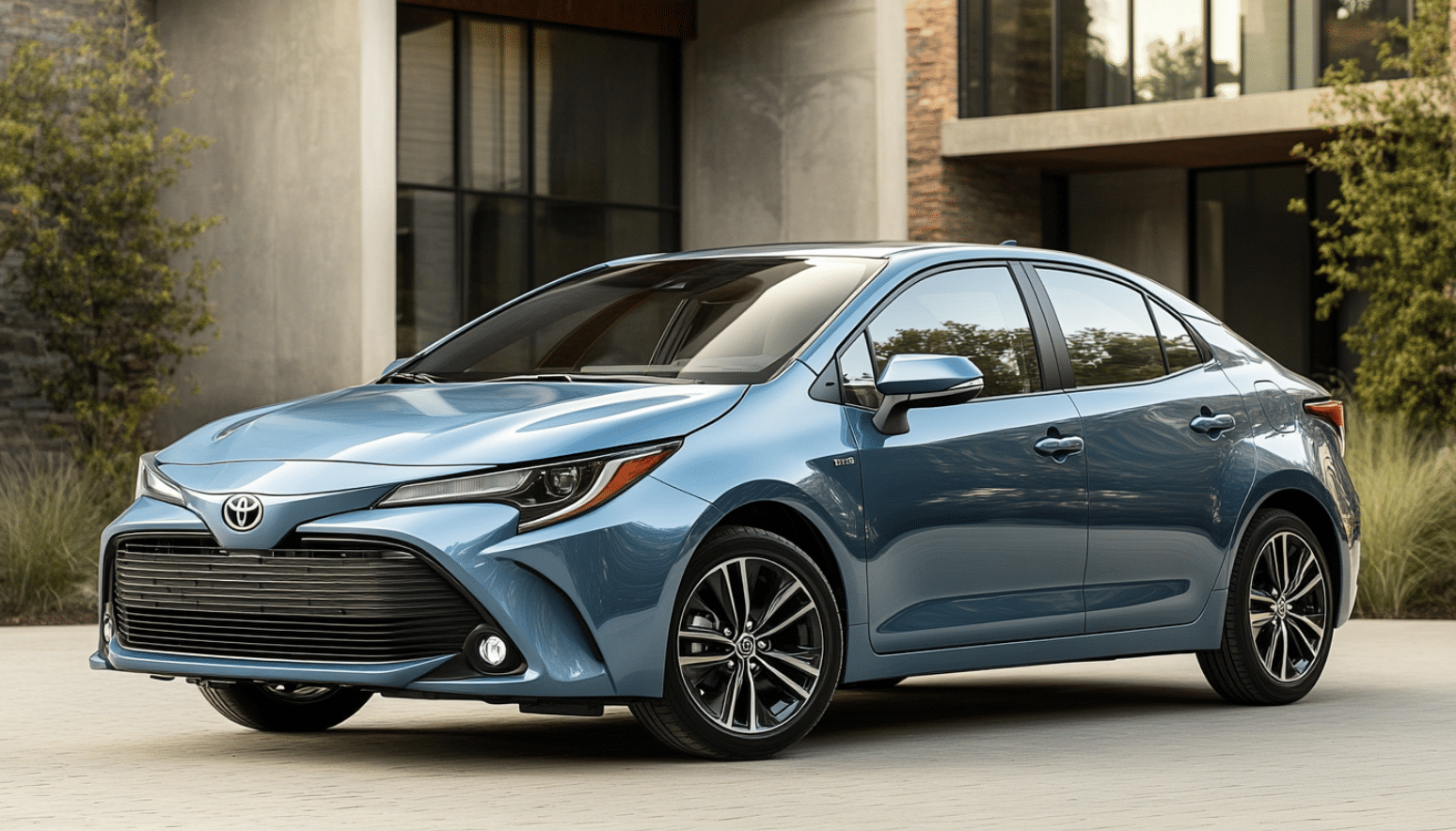
Warranty Coverage: Toyota matches Honda’s comprehensive 100,000-mile coverage. However, Honda edges out by offering a full 12 months of non-powertrain coverage after the new vehicle warranty expires, while Toyota provides only 12 months/12,000 miles, whichever comes first.
Inspection Process: Toyota conducts a 160-point inspection, which is thorough but falls short of Honda’s 182-point check. Honda’s extra 22 points often cover additional electronic systems and more detailed exterior examinations, potentially catching issues Toyota might miss.
Additional Benefits: Toyota charges a $50 deductible for covered repairs, compared to Honda’s $0 deductible. Both offer 24-hour roadside assistance, but Honda includes trip interruption reimbursement, which Toyota doesn’t provide.
2. Nissan
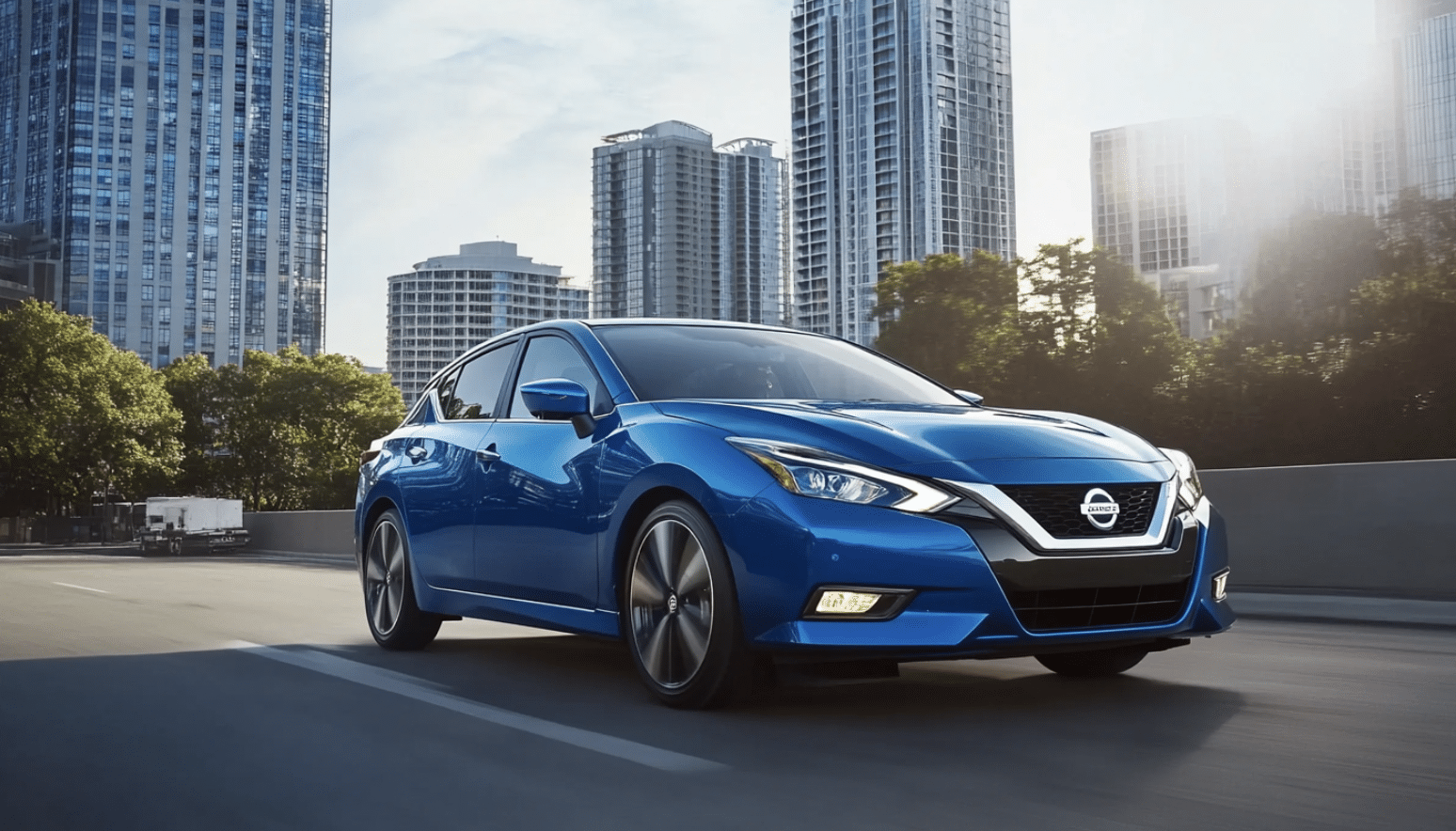
Warranty Coverage: Nissan’s powertrain coverage is similar to Honda’s, lasting seven years/100,000 miles. The key difference is Nissan’s $100 deductible for each covered repair, while Honda offers a $0 deductible, potentially saving you hundreds over time.
Inspection Process: Nissan performs a 167-point inspection. While comprehensive, it still doesn’t quite reach Honda’s 182-point standard. Honda’s process includes more detailed checks on vehicle electronics and safety systems.
Additional Benefits: Nissan’s roadside assistance lasts for a limited warranty. Honda matches this and adds trip interruption reimbursement, providing extra protection during long journeys.
3. Kia
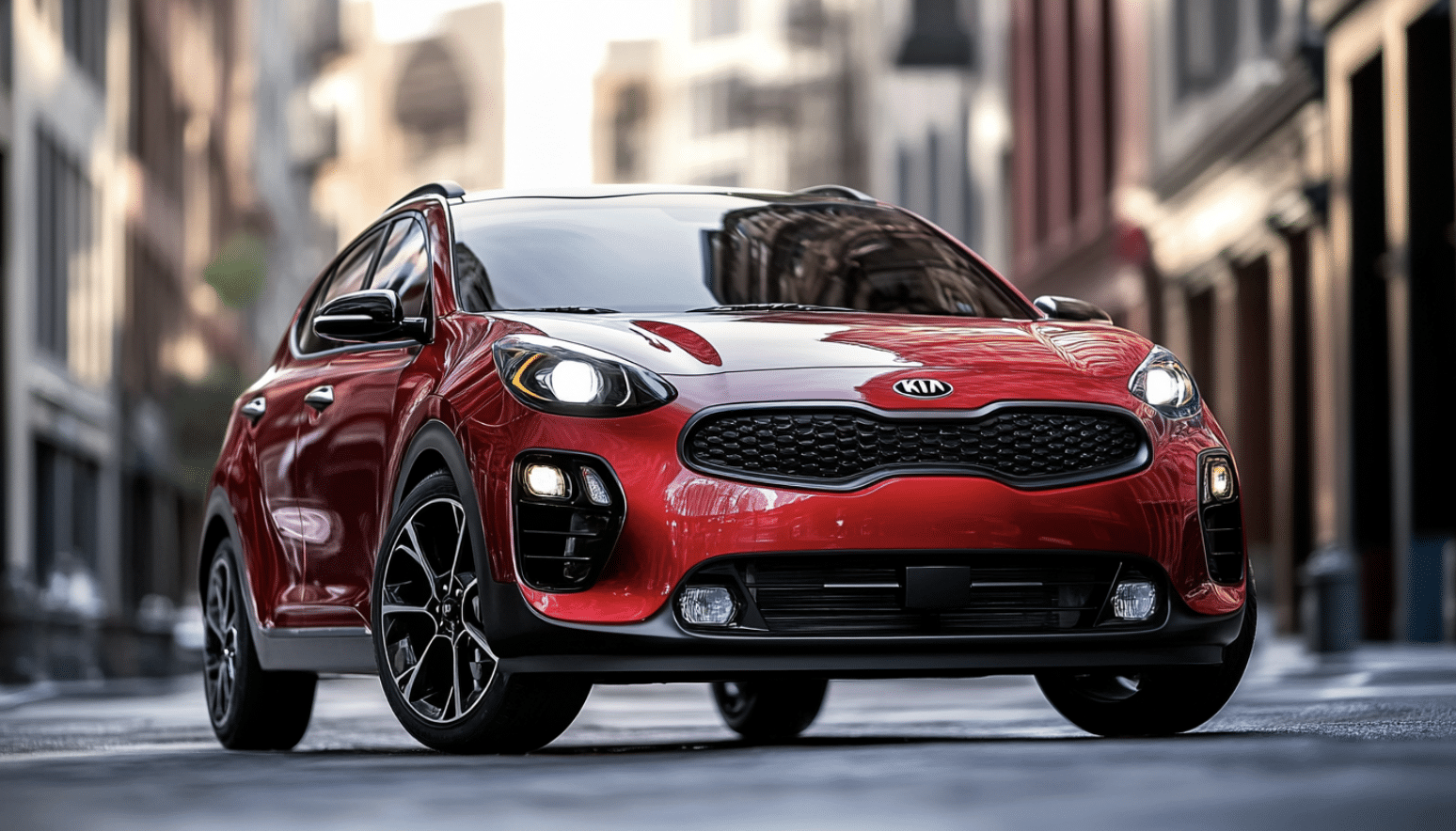
Warranty Coverage: Kia offers an impressive 10-year/100,000-mile powertrain warranty. However, for CPO vehicles, this reduces to an extended powertrain protection from the original purchase date, matching Honda’s coverage.
Inspection Process: Kia’s 164-point inspection is extensive but doesn’t reach Honda’s 182-point standard. Honda’s process includes more detailed checks on vehicle systems and components.
Additional Benefits: Kia provides a 10-year/unlimited mileage roadside assistance program, which surpasses Honda’s offering. However, Honda’s $0 deductible for repairs and complimentary oil changes add significant value.
4. Mazda
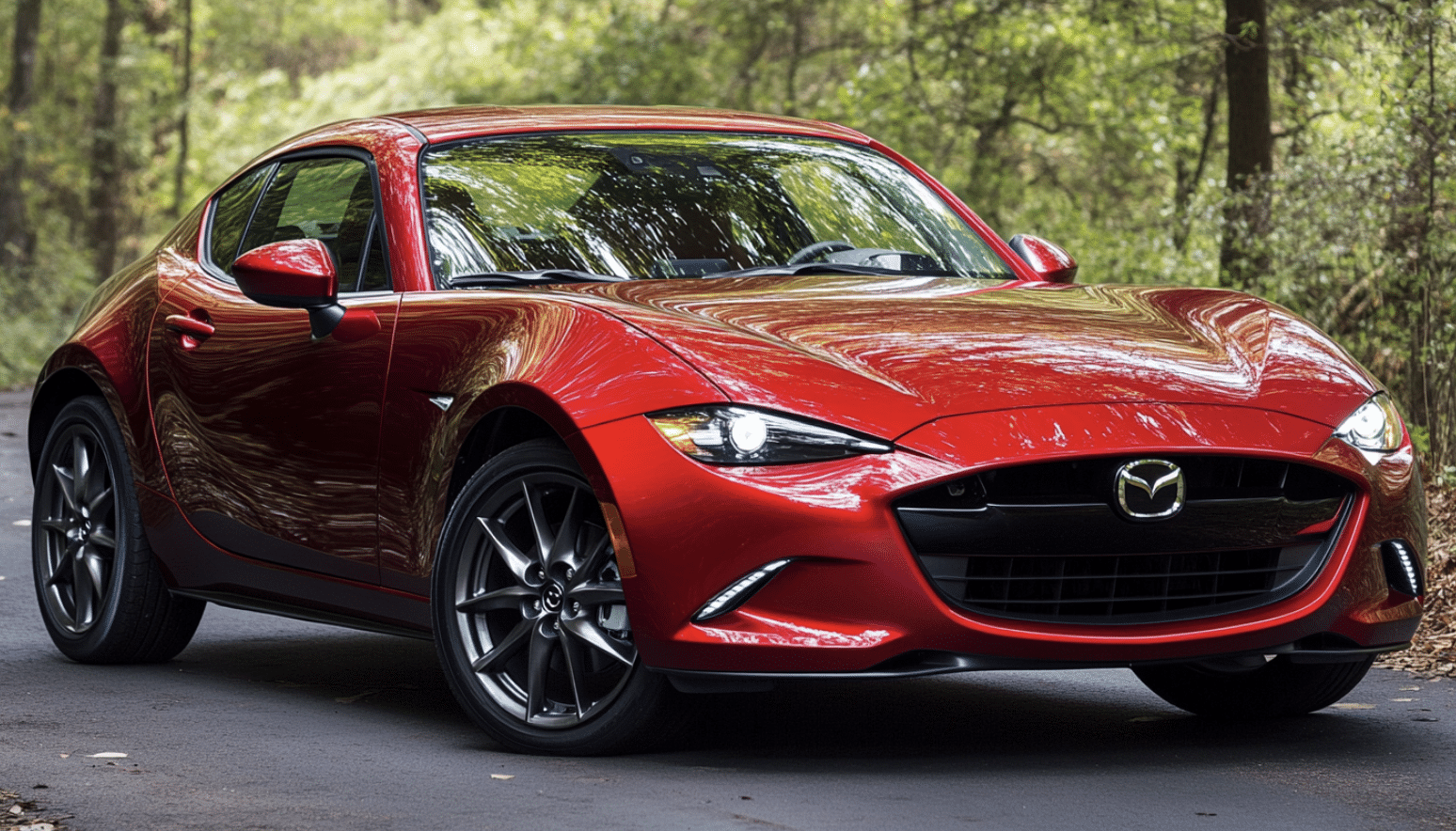
Warranty Coverage: Mazda’s 7-year/100,000-mile powertrain warranty aligns with Honda’s. Both offer comprehensive coverage, but Honda’s additional perks, like complimentary oil changes, add extra value.
Inspection Process: Mazda conducts a thorough 160-point inspection shorter than Honda’s 182-point check. Honda’s process includes more detailed examinations of vehicle electronics and safety features.
Additional Benefits: Mazda’s CPO warranty is transferable to subsequent owners, which can boost resale value. While not offering transferability, Honda counters with its $0 deductible and complimentary maintenance, which can provide more immediate benefits to the original CPO buyer.
Unique Selling Points of Honda’s CPO Program
Lower CPO Premium Cost
Honda’s Certified Pre-Owned vehicles often have a lower premium cost than competitors. This makes them an attractive option for budget-conscious buyers who don’t want to compromise quality.
On average, Honda CPO vehicles cost only $291 to $420 more than their non-certified counterparts. This is significantly lower than the industry average CPO premium of $813.
For example, a Honda CR-V might have a CPO premium of around $300, while a similar compact SUV from another brand could have a $700 or more premium.
Despite the lower cost, Honda doesn’t skimp on quality. The lower premium reflects Honda’s confidence in its vehicles’ durability and the efficiency of its certification process rather than a compromise on coverage or benefits.
Comprehensive Inspection and Coverage
Honda’s 182-point inspection is one of the most thorough in the industry. This detailed check ensures that every certified Honda meets high-quality standards before hitting the sales floor.
The inspection covers:
- Mechanical components (engine, transmission, drivetrain)
- Electrical systems
- Chassis and suspension
- Interior and exterior condition
- Road test performance
Honda’s inspection is particularly stringent in engine performance and safety features. For instance, while some competitors might only check the braking system, Honda performs a detailed inspection of brake pads, rotors, and hydraulic components.
This comprehensive approach gives customers a significant advantage. It reduces the likelihood of unexpected issues, potentially leading to lower maintenance costs and fewer repairs.
Why Choose Honda’s CPO Program Over Competitors?
Honda has built a strong reputation for reliability and long-term value. This isn’t just marketing talk – it’s backed by industry recognition.
For seven consecutive years, Kelley Blue Book has named Honda the “Best Value Brand.” This award considers initial cost, maintenance expenses, and resale value.
Additionally, several Honda models consistently rank high in reliability studies conducted by independent organizations.
This translates into real benefits for customers. A reliable Honda CPO vehicle means less time in the shop and more time on the road.
The strong resale value also means you’ll likely get a better return on your investment when it’s time to sell or trade it in than with many other brands.
Honda’s CPO program consistently receives high marks for customer satisfaction. In recent surveys, over 90% of Honda CPO buyers reported being satisfied with their purchase.
Conclusion
As we conclude our comparison of CPO programs, Honda stands out. Honda’s program offers a winning combination of affordability, comprehensive coverage, and proven reliability.
The lower premium costs, thorough 182-point inspection, and $0 deductible for repairs make Honda CPO vehicles an excellent choice for smart shoppers.
Remember, a CPO car isn’t just about saving money today—it’s about long-term value and peace of mind. Honda’s reputation for durability and high resale value adds extra weight to its CPO offering.
So, what’s your next move? If you’re in the market for a quality used car, why not test-drive a Honda CPO vehicle? Experience firsthand the confidence that comes with Honda’s certified pre-owned program.
Frequently Asked Questions
What Luxury Brands Have the Best CPO Warranty?
Luxury brands with top CPO warranties include Lexus, Porsche, and Jaguar. Lexus offers up to 6 years of unlimited mileage coverage.
Porsche provides a 2-year unlimited mileage warranty after the new-car warranty expires. Jaguar covers most components up to 7 years from the original purchase date.
Can You Haggle CPO Cars?
Yes, you can haggle on CPO cars. While they’re priced higher than regular used cars due to certification, there’s often room for negotiation. Research market values, consider the car’s condition, and be prepared to walk away if the deal isn’t right for you.
Is CPO the Same as Refurbished?
No, CPO (Certified Pre-Owned) is not the same as refurbished. CPO cars are lightly used vehicles that meet specific age and mileage criteria, undergo thorough inspections, and have extended warranties. Refurbished typically refers to electronics or other products that have been repaired or reconditioned.

